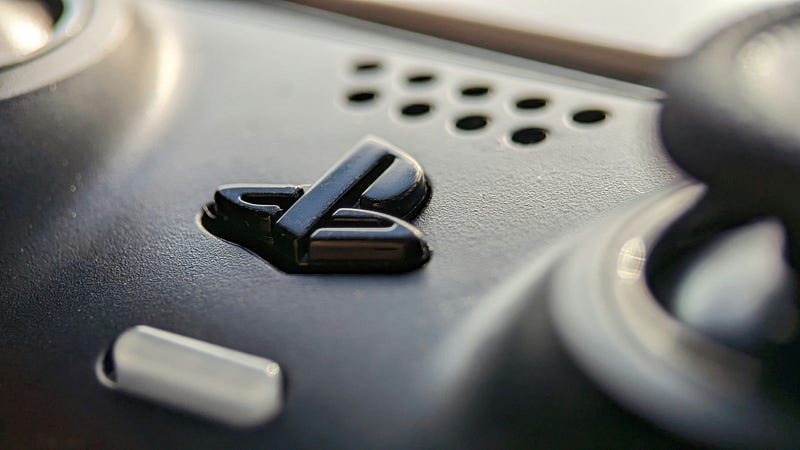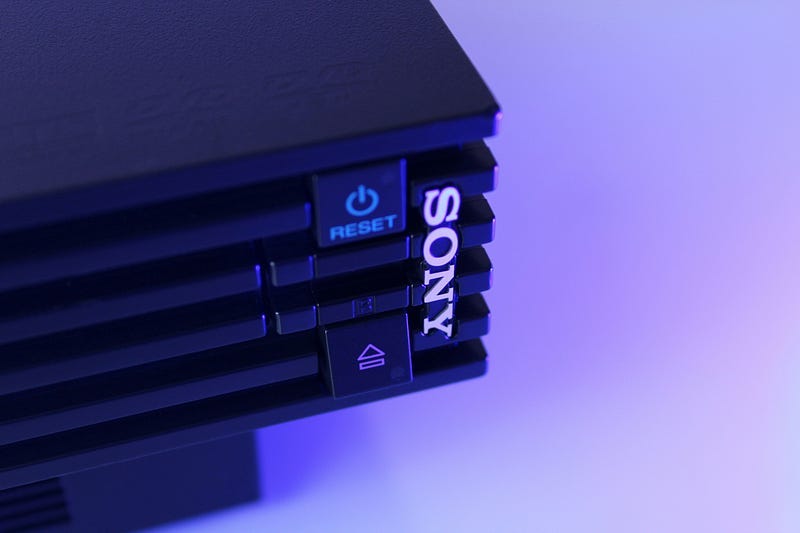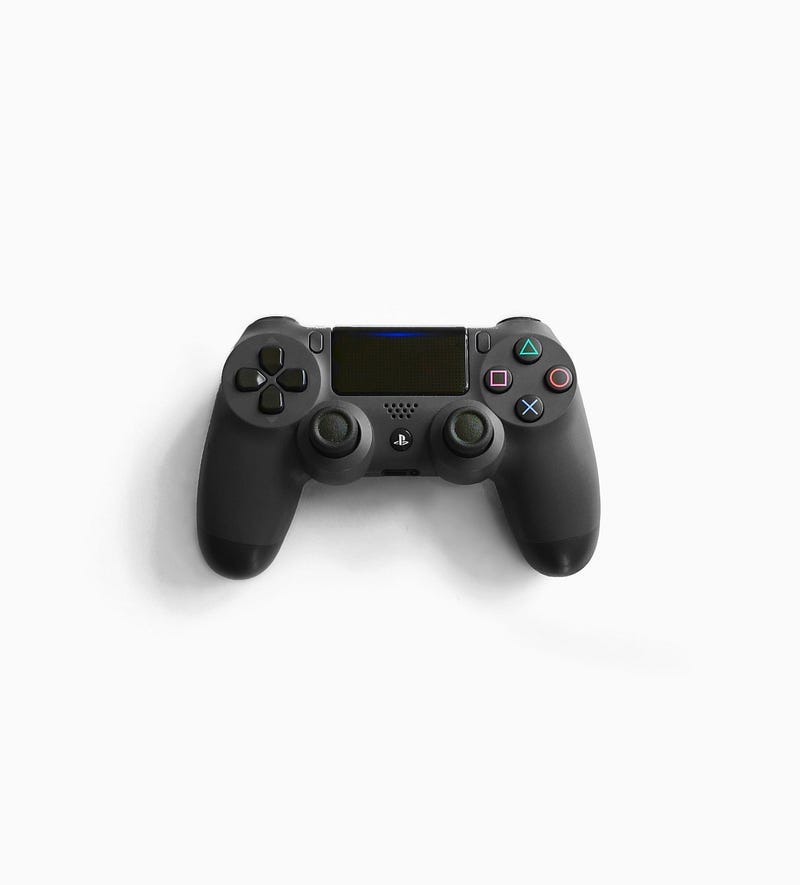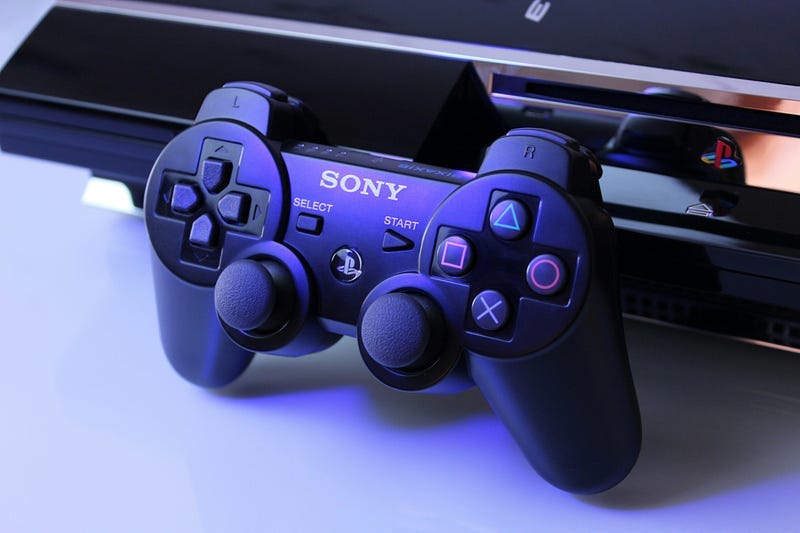The Iconic Design of the PSX Controller: A Retrospective on Innovative Design and Style
An ode to a gaming giant, forever in the hands of retro gaming enthusiasts.
An ode to a gaming giant, forever in the hands of retro gaming enthusiasts.

The debuted gaming console that revolutionized home entertainment, the original PlayStation by Sony, introduced a sleek and intuitively designed controller in its heyday — the legendary PS1 Controller.
This piece will explore not only its design but also delve into personal experiences with it and analyze how this iconic device has influenced modern gaming culture through emulation.
Feel in Hand
The ergonomics of the finalized PS1 Dualshock are noteworthy, with its contoured shape and button layout intuitively guiding players through a range of motions that mimic real-life actions. Its slender body fits comfortably within one’s palm while allowing for extended gaming sessions without fatigue or discomfort.
Brief History
The PlayStation controller emerged in the mid-90s, a time when console games were experiencing rapid growth and innovation.
Sony launched its first home video game system to compete with Nintendo’s ubiquitous Super NES, striving for excellence not just in hardware but also in software interaction through an improved controller design that would become iconic worldwide.

Launch
The PlayStation and its accompanying controller made a splash at the Tokyo Game Show in 1994, with Sony’s unveiling capturing enthusiast gamers’ imaginations globally.
This initial release was met with anticipation due to Super Mario 64 on Nintendo but ultimately led by PlayStation’s unique controller design and exclusive titles like Crash Bandicoot that became synonymous with the brand.
Legacy
The PS1 Controller’s legacy transcends its initial purpose, symbolizing a groundbreaking era in gaming history where visual fidelity met immersive gameplay experiences and influenced countless future design philosophies for controllers across different platforms.
Its impact can be felt even today as modern emulators strive to recreate the original PlayStation experience with utmost authenticity, paying homage to its influence on gaming culture.
The Future Innovations of The PS1 Controller
The PlayStation 1 Controller’s influence on subsequent Sony controllers is evident in both aesthetic elements and functional aspects.
The simple yet effective button layout paved the way for future designs, such as those seen in the highly successful DualShock series that began with PlayStation 2’s controller (DualShock).
Critical design features like the contoured shape of buttons to enhance thumb resistance and grip comfort persisted into later iterations.
The strategic placement of analog sticks on either side facilitated a dual-axis control scheme, which evolved but remained foundational in gamepads for 3D movement controls seen in modern controllers like the DualShock 4’s and PlayStation 5’s controller (DualSense).
Sony also carried forward its philosophy of ergonomic design, focusing on user comfort during extended gaming sessions.
In terms of aesthetics, while newer models have seen more sophisticated designs with textured surfaces for better thumb resting and visual appeal matching the console’s brand identity — like the PlayStation 5’s DualSense controller or earlier Sony designs— they still pay homage to their PS1 predecessor through button placement, sizes, and color schemes.

Retro Emulation and Controllers
The PlayStation 1 Controller’s classic design continues to be a cornerstone for official Sony emulators used in retro gaming emulation, which attempt to recreate the original gaming experience as faithfully as possible.
Emulated games give players access not only through software but also via physical retro controllers that match or replicate the PS1’s design and functionality, satisfying a niche market of enthusiasts who prefer an authentic feel when playing vintage titles.
In 2024, third-party manufacturers continue to produce emulation kits with USB DualShock controllers that support backward compatibility for PS1 games through adapters or specialized software like PCSX² (a PS2 emulator).
These companies understand the enduring demand for original gaming experiences and cater by offering retro-style peripherals, some even integrating unique features such as rechargeable batteries to capture a sense of nostalgia.

Conclusion
Sony’s bold endeavor to redefine home console interaction with their launch controller in 1994 resonates through decades as an undeniable milestone that has indelibly shaped the course of video game history.
The PlayStation Dualshock was not merely a device; it embodied innovation, expanding gaming’s horizons and setting new standards for ergonomic design and immersive experiences.
The fabric of gaming unfurled anew with this controller in hand — a shrine to the enduring spirit of retro-gamers who still cherish its distinct aesthetic, tactile feedback, and unique button configuration that has become part of folklore within PlayStation communities worldwide.
Sony’s legacy persists as futuristic technologies like VR continue to draw inspiration from these foundational elements introduced in the PS1 era.


